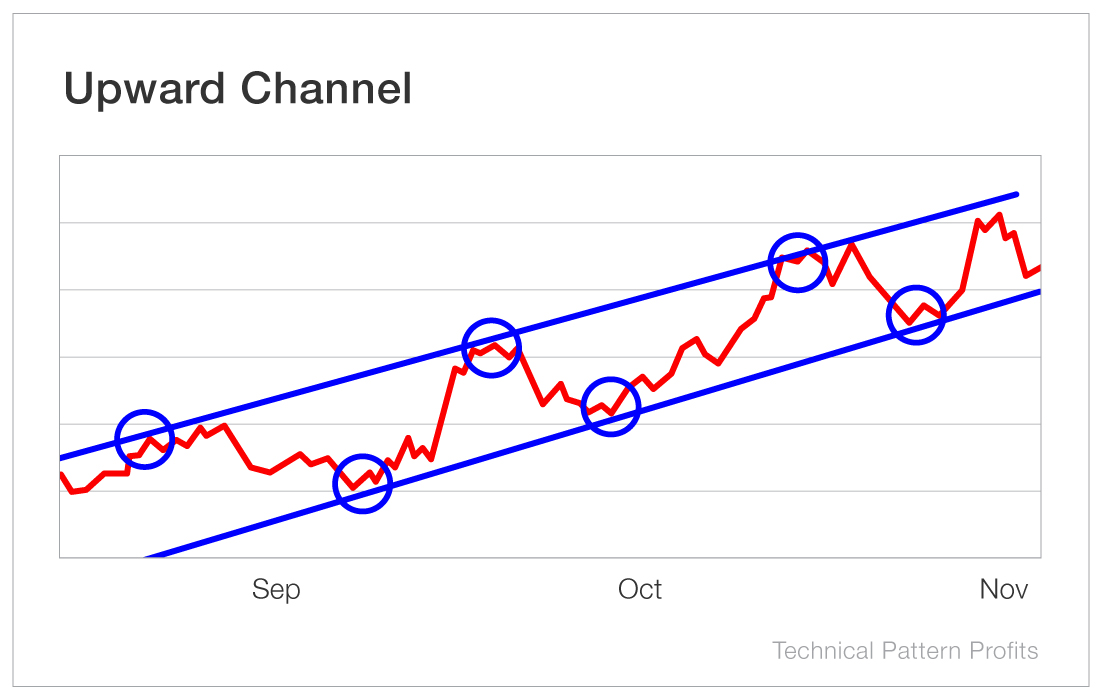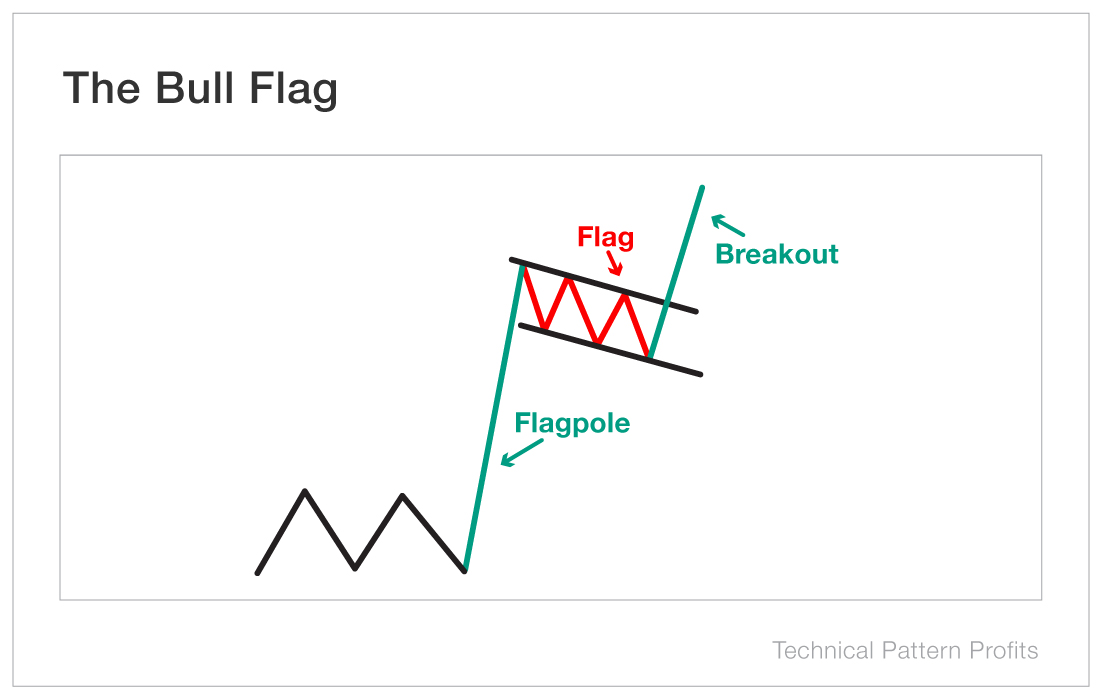
The Ultimate Guide to Trading Commodities

While you’re likely familiar with the stock market, where you can buy shares of ownership in companies… you may be less acquainted with how to make money from commodities.
It might surprise you to learn that the commodities market is far older than the stock market. Stocks have been traded only since the early 17th century when the Amsterdam Stock Exchange was opened in the Netherlands.
But commodities trading goes back to the dawn of history. Because the commodities market deals in the basic goods used in commerce that are interchangeable with other goods of the same type, like grains, gold, beef, oil, natural gas, etc.
Traded commodities are typically sorted into two categories: soft commodities (which include agricultural products, like livestock, corn and coffee) and hard commodities (which include resources that must be mined or extracted, like gold, rubber and oil).
Commodities are traded on a handful of markets in the U.S. There’s the ICE Futures U.S., and then there are four exchanges owned by CME Group: the Chicago Board of Trade, the Chicago Mercantile Exchange, the New York Mercantile Exchange and the Commodity Exchange Inc.
And within those exchanges, you have spot markets, where commodities are delivered on the spot, and futures markets, where people trade futures contracts.
Futures contracts work a little bit like options, but they’re used so that companies and industries can lock in costs on the goods they need. That helps them determine their budgets, their manufacturing costs and the final price of their goods.
Futures contracts can be used to speculate on the prices of commodities in the same way options can be used to speculate on the prices of stocks.
You typically need to be approved by your broker to trade futures. If an options play goes against you, you might be on the hook for 100 shares. If a futures play goes against you, you may have to pay for and take delivery of 100 tons of industrial-grade aluminum.
However, we aren’t cut out of the commodities market. The easiest way to play commodities is by taking advantage of the correlation between commodities prices and the share prices of the companies that produce those commodities.
For example, if the price of gold goes up and a gold miner’s costs remain the same, that gold miner will bring home a bigger profit. It’s the same story with any other commodity. If the prices go up, so will the revenue and profits of the companies that produce it.
We can take advantage of that by trading the stocks and options of those commodities producers, and we will be doing that with a few key technical patterns and chart movements…
Commodity Trading Channels
“The trend is your friend” is a common expression in trading. A similar saying is “A trend in motion stays in motion.” In other words, once you spot a stock or commodity in a trend, it will likely continue. Of course, it won’t go on forever, and as a trader, you need to be nimble to get out of trades when the trend breaks.
The first pattern we’re going to focus on uses trends to ride a position higher or lower.
An upward trend line is formed when a stock rises but then corrects. Connecting the continual higher lows gives us the upward trend line. A down trend line connects lower highs.
A trend line acts as support and resistance. If it is broken, we exit the trade. But when the stock retreats to the line, that is often an excellent place to enter a new position.

Sometimes, stocks that are trending will trade in a range that has a ceiling and a floor. When those tops and bottoms are parallel, a channel is formed.

When trading an upward channel, we would buy each time the stock or commodity fell to the bottom line – the upward trend line – and sell when it hit the line at the top of the channel. We’d then repeat until the stock was no longer in the channel.
To fine-tune our buys and sells, I use a tool called the stochastic oscillator.
In simple terms, a stochastic oscillator is a momentum indicator that compares a given closing price of a security or commodity with a range of its prices over a given time period. It uses a bounded range of 0 to 100 to generate overbought and oversold trading signals.
The oscillator measures buying and selling pressure. And for this report, we will be applying it to commodities.
Typically, a stock or commodity is considered oversold if the stochastics are below 20. It is considered overbought if they’re above 80.
I was very fortunate early in my trading career to spend time with George Lane, the inventor of the stochastic oscillator, and be mentored by him on how to best use this tool.
I combine the stochastics with the chart pattern to increase the chances that a position is about to rise when we buy or fall when we sell.
I do that by recommending we buy a stock when it is at the bottom of an upward channel and the stochastics are oversold but turning higher. That decreases the risk that the position will go against us, and it gives us the most profit potential.
If I recommend shorting a stock or buying puts using a channel, the stock will be at the top of the downward-sloping channel while the stochastics are overbought and turning lower.

In the chart of Stellantis (NYSE: STLA) – a position I recommended in Technical Pattern Profits last year, in which we made 10% on the stock and 110% on the calls in three weeks – you can see we entered the position right after the stock bounced off the bottom of its channel while the stochastics, in the lower panel, were below 20 (in oversold territory) and beginning to turn higher.
But trading channels is just the beginning. There are other reliable patterns that we can trade as well.
A Pattern That Stands Head and Shoulders Above the Rest
A head and shoulders pattern signals exhaustion and a top in a stock or commodity. It usually results in a decline in price. An inverse head and shoulders pattern is the opposite – a bullish pattern that signals that a stock or commodity is done falling.

A bearish head and shoulders pattern forms after a commodity has broken out above its resistance line, which becomes known as its neckline.
The left shoulder is the first peak in the pattern.
The head is a higher peak than the first on lower volume, signaling waning buying interest.
Finally, the right peak forms with a high that is below the head on even lower volume. This suggests that the buyers have run out of steam to continue to push the price to new highs.
Once the stock or commodity breaks the neckline to the downside, it often rebounds back to the neckline, and that is the ideal point to sell.
The head and shoulders pattern also works for a bullish reversal, but in that context, it’s called the inverse head and shoulders pattern.
It goes the same way…
The left shoulder is formed as the bears push the price lower. After a rebound, the stock or commodity falls to a new low on lower volume, followed by a higher low on even less volume.
Once the neckline is broken and the stock or commodity retreats back to the neckline, that’s the ideal place to buy a new position.
Green Flags and Red Flags… and How to Trade Them
Another pattern that I often trade is called a flag pattern. Flags come in two varieties: bullish and bearish.
A bull flag pattern is a trend continuation pattern that is seen when a stock has a strong vertical rally (the flagpole) followed by a period of consolidation (the flag).
The flag is somewhat of a rest period as volume declines and the stock trades in a narrow range.

When the stock breaks through the resistance level (typically on strong volume), it indicates the bulls have stepped back in and the stock price should rise significantly. (A tighter flag means a better signal.)
The bull flag pattern is ranked No. 1 for signaling when a stock is set to take off in the Encyclopedia of Chart Patterns…
The opposite of a bull flag is a bear flag, and it works the same way but in reverse. A sharp downward move forms the flagpole. As the market enters a period of consolidation, we often see a slight upward move as a flag forms.
Despite a sharp downward move in price, the market’s sentiment remains poor for the asset forming the bearish flag. At the end of the flag pattern, the price breaks out of the flag and resumes its bearish trend.

The ideal time to buy either a bullish or a bearish flag is the day after the price breaks out and closes above the upper trend line (bullish) or below the lower trend line (bearish). To safeguard against a false breakout, I usually want to see a close roughly 3% above or below the breakout level.
Playing the Commodities Market
You don’t need any special brokerage to capitalize on the commodity market by trading the stocks that produce those commodities. You don’t need to be an expert commodities trader. You don’t even need to know the ins and outs of particular commodities to profit from the market. As long as you can trade a stock or an option, you can make money from the commodities supercycle.
And if you want to learn more about the patterns and technicals I use to make my picks, you can do that with my Trade Like a Technical Pattern Profits Champion.
Welcome to Technical Pattern Profits.